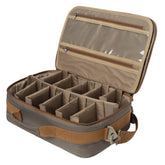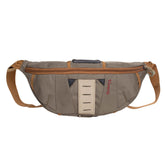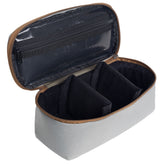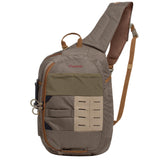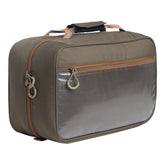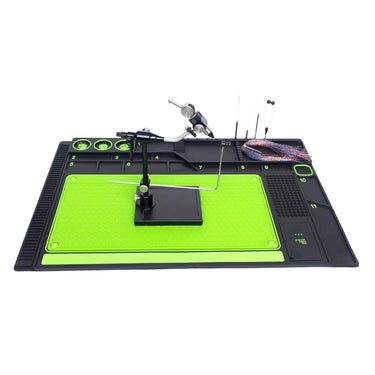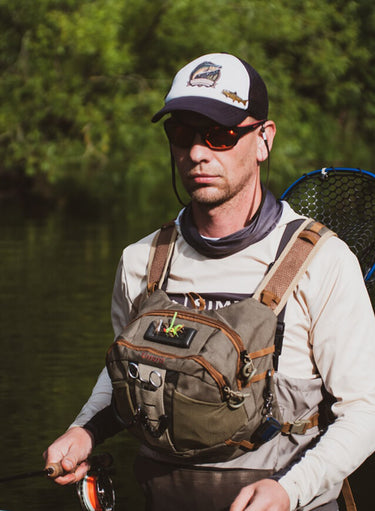Flies: Essential Handmade Kits for Beginner Fly Fishing, Including Dry and Nymph Options
As an avid fly fisherman, I know the thrill of casting a line with a meticulously crafted fly. The right fly can make all the difference in attracting fish and enhancing your overall experience. In this post, I will explore various fly kits, including handmade flies, beginner fly fishing kits, dry flies, and nymph flies, helping you understand which options suit your needs best.

Crafting flies from scratch or choosing a pre-assembled kit can be an enjoyable aspect of the sport. Beginners may find that a beginner fly fishing kit simplifies the learning process, while seasoned anglers might appreciate the artistry of handmade flies. Each type of fly serves its purpose, making it essential for every angler to understand the distinctions and applications of dry and nymph flies.
Choosing the right fly kit can significantly impact your fishing success. I will provide insights into what each kit offers, guiding you in making an informed decision that aligns with your fishing goals and preferences. This knowledge will elevate your fly fishing adventures, making each outing more productive and enjoyable.
Understanding Fly Fishing Kits
Fly fishing kits come in various forms, catering to different aspects of the sport. Each kit typically contains essential components, allowing beginners to start fishing efficiently. I can explain the key elements you will find in a beginner's fly fishing kit and highlight differences among the available options.
Components of a Beginner Fly Fishing Kit
A beginner fly fishing kit usually includes:
- Rod and Reel: Lightweight for easy casting.
- Line: Floating or sinking options, suitable for various techniques.
- Flies: Typically a mix of dry flies and nymph flies, sometimes including streamers and emergers.
- Tippet Material: Connects the fly to the leader, ensuring strength and stealth.
- Waterproof Fly Box: Helps keep flies organized and dry.
My kit also emphasizes proper hooks, often made of brass or tungsten, which are crucial for securing catches. Having a diverse selection of flies allows me to adapt to different water conditions and fish species.
Differences Between Fly Fishing Kits
Fly fishing kits vary mainly by their target focus and included components. Some kits specialize in specific techniques:
- Dry Flies Kits: Feature primarily floating flies, ideal for surface feeding fish.
- Nymph Flies Kits: Contain flies that sink below the surface, targeting fish feeding in the water column.
- Mixed Kits: Offer an assortment of dry flies, nymphs, and sometimes streamers, providing versatility.
It’s essential to choose a kit that aligns with my intended fishing style and local conditions. Each type caters to different environments, like streams with fast currents or still waters, enhancing my chances for success.
The Art of Handmade Flies

Creating handmade flies is both an art and a skill. A well-crafted fly can significantly enhance your fishing experience.
Creating Your Handmade Flies Kit
To start my handmade flies journey, I focus on assembling a kit that includes essential tools and materials. A waterproof fly box is critical for keeping my flies organized and protected from the elements.
I ensure my kit has a good selection of hooks and various types of baits. Hooks come in different sizes, which I select based on the fish species I’m targeting. I prefer tungsten and brass materials for their weight and durability.
Lastly, I include a variety of feathers and synthetic materials for creating different patterns. These help in mimicking the insect life in the waters I'm fishing in.
Selecting Materials for Durability and Attraction
When crafting flies, selecting the right materials is key to both durability and fish attraction. I prioritize feathers for their natural movement and aesthetic appeal. Quality feathers, such as hackle and marabou, can make my flies more enticing to fish.
In addition to feathers, I use tungsten beads for nymphs, enhancing sink rates and offering greater visibility underwater. I also consider the use of durable threads and adhesives to ensure my flies withstand multiple catches.
I often shop on platforms like AliExpress for cost-effective materials, ensuring a diverse selection without overspending. Each fly I create aims to blend practicality with visual appeal, maximizing my chances of a successful catch.
Specialized Fly Kits

These kits focus on specific techniques and fish behaviors. They provide anglers with targeted tools for successful fishing experiences.
Dry Flies Kit for Surface Fishing
In my Dry Flies Kit, I include a variety of patterns that imitate adult insects, crucial for surface fishing. Common options feature mayflies, caddisflies, and terrestrials like hoppers.
These flies typically use light materials, such as foam and feathers, to stay afloat. For targeting trout in streams, I prefer using light-colored dry flies during the daytime and darker ones at dusk.
When I select dry flies, I consider water conditions. On calm days, smaller flies can be more effective, while choppy waters may require larger patterns.
Tips for effective use:
- Watch for rising fish.
- Match the hatch.
- Vary retrieval speed to entice strikes.
Nymph Flies Kit for Subsurface Techniques
The Nymph Flies Kit contains patterns designed for colder water and subsurface techniques. I often include classic options like hare's ear nymphs and pheasant tails, effective for enticing both trout and bass.
These flies mimic immature aquatic insects and are typically weighted to sink quickly. They often feature materials such as beads, dubbed threads, and natural feathers for added realism.
I deploy nymphs with techniques like high-stick nymphing or using an indicator. This allows me to detect subtle strikes.
Key considerations:
- Fish at varying depths.
- Use split-shot for weight adjustments.
- Observe water flow and fish behavior for optimal placement.



